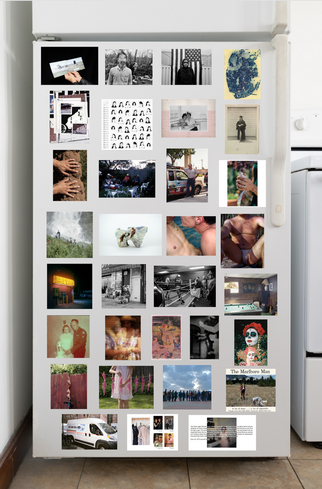 Click on the image to go to the exhibit. Click on the image to go to the exhibit. The Curated Fridge's Autumn 2020 show opened yesterday, and I was excited to learn the day before that they accepted one of my images. It's an exhibition I've always admired, and this was my third attempt. Third time a charm? That's my piece all the way at the bottom right. The curators were Raymond Thompson Jr. and William Camargo. The theme of this show was "Counter Archives." See the exhibition here >> From The Curated Fridge's website: "We want to reexamine the archive with a lens focused on what and who was left out. We are looking for work inspired by archives, whether it be written, oral, family stores, imagine pasts and futures, and beyond. We invite artists that work from archives and as well create a counter-narrative with their work." So...Counter Archives. 2020 saw me doing a lot of work on memory and family--the family archive in my mind and the one in pictures and in other people's memory--for a couple of reasons. In 2019 I had reconnected with my half-sister who I still haven't seen since I was 12 years old. But she and I have chatted on Facebook and talked on the phone about our past, our childhoods and how we were raised and what it's done to us, how it's made us who we are today. And two years ago I went back to the place of my birth after about 26 years. A lot of people told me they thought it would be good for me, that it would be good for my writing and my art. I was skeptical, and for the most part it brought up things in my past that I would have rather not have revisited. But the one thing that trip did was reaffirm that the best thing I ever could have done for my life was leave Ohio when I did. If I had stayed, I would have died, if not actually died, then metaphorically. The environment and my family would not have been a supportive environment for being and artist, and so much of what I value about the world and myself was not valued there and would have been destroyed, like flowers in the snow. It's not easy to dig into your past; it's a lot more fun to make ironic paintings of current events. With memory and family, I found myself really digging up old thoughts and feelings and addressing and responding to them, and then...dropping them. I couldn't handle the process without some real breaks. I've said many times, there's nothing like a really good repressed memory or feeling, and we human beings have developed them as defense mechanisms for a reason. There are a lot of things I just don't want to think about anymore. But...but...as hard and painful as it may be, it's important to look into the archive to see what's there. What was recorded, what wasn't recorded, and what was distorted. We are all the person we are today because of our individual pasts. For example, because of my past, I have almost zero trust in people, though I have to admit at times that has served me well, especially during my years as a journalist. (Journalists maxim: If your mother says she loves you, get two more sources.) My current editor told me recently that he assigned me to a certain story because he knew I wouldn't swallow the bullshit. Since November 2016, I had this feeling that the world is so familiar. All of this craziness and meanness, the lying and the instability that we see daily in the news. And then I realized, as a child this was how the world was in which I lived. I was constantly thinking about my family, "Can't you be fucking normal for one day?" And that's what I kept thinking about the current administration. If I can look at my past and see what it really was--the insanity, the shame, meanness--we as a nation can look at our past and face what was then, and what we've become of us now. Here's the piece that was accepted: And here are some of the other images in this series:
0 Comments
From the galleries' site: "This exhibition is an open call for postcard-sized responses to the COVID-19 pandemic. All submissions will be included in the exhibition and become part of the Wheaton College Permanent Collection. The exhibition is an effort to combat the social isolation this virus has forced on us. It is a chance to see, through the eyes of another, an expression of this experience. It is an opportunity to come together when we still have to remain physically apart." I was fortunate to be invited to submit to this show. They requested pieces no bigger than 5" x 7" (postcards!) of the work you've been doing during the pandemic. The postcards will become part of Wheaton College's permanent collection. While the exhibition emphasizes the results, the expressions, of artists' response to the pandemic, for me the process of getting there was just as important. At the start of the pandemic and the subsequent quarantine I, like many people I know, were able to look ahead and see that for scientific and political reasons, what was just beginning would be with us for a very long time. With that understanding I settled in for the long haul and took the opportunity to begin something that I had been dreaming of doing for quite a while: Go back into the studio (though in my case the studio is a table in the sun on my porch during good weather, or my kitchen table lined with old cardboard when it's not.) I will admit that for years I was frozen by a very silly but real fear of failure from attempting this, but the pandemic with its sights set directly on our mortality quickly overrode my fear. It was now or never. If ever I were to start drawing and painting--no! check that, for it was the classical definitions of drawing and painting and art that had frightened and deterred me as much as the embarrassment I thought I'd feel from friends who are very accomplished artists-- if I were going to start making art pieces--what I define as something that didn't exist yesterday--then now was the time to do it. I've always defined myself as a writer and an artist, and being an artist I would then say, I am an artist who primarily makes images (photography) or I am an artist who works in the theater. But the artist part always came first. I'm seeing on Facebook that a lot of my peers in the theater seem to be suffering more than others during the disturbances brought on by the pandemic because theater is all they know how to do. They write, it--acting, directing, scenic design, whatever the discipline--is something they trained their whole life for and now that the theaters are shut down they don't know what to do. As much as I love theater--and I do love it deeply and I did study it and paid a lot of money to a university to learn about it and devoted a lot of my life to it--the artist in me always found it restrictive because, if you were a playwright like I am, you really are not only not expected to be able to design a set, you're pretty much denied it. With any other artistic pursuit there's not just the expectation but almost a requirement that you'll explore other mediums. When funding for my theater went away, admittedly I was disappointed at first, but then shrugged and figured out something else to do. You really can't keep a creative person down; they will always find an outlet. As much as I love making theater, and as much as I love making images, right now I'm loving smearing and scratching and spreading paint. Like Hemingway tried to write one perfect sentence in a day, right now I'm just trying to make one perfect mark. You can love all of your children, you don't have to have a favorite. I'm not going to get into the steps of how I reentered the studio, how I replicated my old palette, bought former favorite art supplies like an enamel butcher pan or a collection of palette knives whose handles are already getting worn and paint-spattered. What became most important to me was suddenly how free I felt to do whatever I wanted, regardless of what the established art community might think. Don't even ask me what the "established art community" is or who composes it. I imagine in my mind they're all the gallerists and curators who'll I'll bump heads with later when I try to exhibit or sell some of this stuff. I used, and continue to use, tools I dug out of my toolbox like plumb lines, squares, and carpentry pencils. Right now some favorite tools are scrapers for stenciling I found on a pegboard in the painting department of a Home Depot. I use an old mat knife to scrape children's blackboard chalk to make dust, and transfer paper, i.e. good old-fashioned carbon paper. In other words I'll use anything or do anything to get marks on paper (and while today it's paper, who knows what it might be tomorrow!) I addressed and continue to address whatever is in front of me. A loved one. A favorite painting (can you spot the Hockney somewhere on this site?) The pandemic. And while I'm still taking baby steps, I'm growing every day, developing a painting language and an eye and through that growth I'm still very much aware that I'm alive, which is a good thing to be during a pandemic. Here are the pieces I submitted: What does it say about a piece of art if the medium is blown onto canvas with air blown from my mouth during a pandemic? Would you buy a painting knowing that that is how the painting was made? What would your relationship with that painting be like? I thought long and hard about doing it (if I think therefore I am/it is) and its meaning and the implications of knowing that perhaps a painting will be tainted, diseased, toxic, and now especially when my daughter, who is a biologist, pointed out that my RNA is a part of this painting and will always be a part of the painting, and all of the other paintings where I have used this method.
How long did it take you to make it? It looks like something my sixth-grader could do. (Well, at least it's not his three-year-old; that's a step up.) It took weeks. Not weeks of hands-on work, but weeks of thinking, staring, dreaming about it in my sleep. So, I guess you could say, Welcome to my nightmare? No, not really a nightmare at all, but actually a very good memory. The impetus for this piece: I was at college and it was a beautiful spring day in southern Ohio and I was young and my life was ahead of me and I was hanging out with my roommates and friends. It's the time passing, and it's the now, that makes me do what I do; what makes the painting do what it does. You just have to listen and hear and look and see. What does the painting want you to do? And what I hope is that the viewer can see quickly what took me such a long time so see.
Just learned this morning that four of my images were accepted in PH21's online gallery, Significant Colour. That's a nice way to start a day. PH21 is a gallery in Budapest, and I'm very happy to be recognized by a non-U.S. gallery. Got to love the Internet for helping artists spread their work out there. The funny, or unusual note that some people might say about these images is that the first three were all taken in a matter of about five minutes. I saw the green moth, and click, click and click and I had three images, that quick. That though, is the way a lot of things go in the art world, whether you're making images or writing or whatever. Sometimes it is that easy, and you honestly don't know you're doing anything. You barely remember doing it. You're just exploring and experiencing the world the way you always do, and that's that.
>> See the Significant Colour online exhibit Continual work on this singular idea. And I like what I'm seeing. If you like what you're doing, if you like what's happening in front of your eyes, enjoy it. Now is not the time to wonder if anyone else will like it, if it's saleable, what will a gallery think, how much would someone pay for it, or if it fits anywhere in the "canon of American art"? Now is the time to simply give in to your artistic instincts. Have some fun, but it's more than fun; it's using your given talents to do something that you not only enjoy but, well, not everybody will think so, but you think what you're doing is good. That's the best feeling in the world. Once I was a residency and all of these writers were discussing who they thought was a good person to critique their work. (To be fair, they all had just graduated from some pretty prestigious, expensive schools so they didn't know anything else but someone telling them if they were any good or not.) And I'll tell you: An artist might have some trusted friends or peers to give them an opinion, but in the end it's the artist who is in the best position to know if their own work is any good. At the very least, you get a good night's sleep out of it, not tossing and turning, being kept awake by your art demons.
The pandemic gave me the chance to pick up brush and paint again, something I had been longing to do but just couldn't work that into my life, and right now I'm still working small, I think the way our psyches work small, why we aren't born bigger than we are. There are the everyday forces of painting at play. Start small, baby steps, learn to control this size, then you grow. That's what's happening with my painting. One idea is leading to the next, and it's making me happy. I have to say, spreading the paint on the board was very sensual. I'm enjoying working on this painting simply because it feels so good. |
Author
John Greiner-Ferris is a politically motivated, multi-disciplinary artist in the Boston area. Sometimes he makes images. Sometimes he writes. Sometimes he does both. Archives
May 2024
Categories
All
|
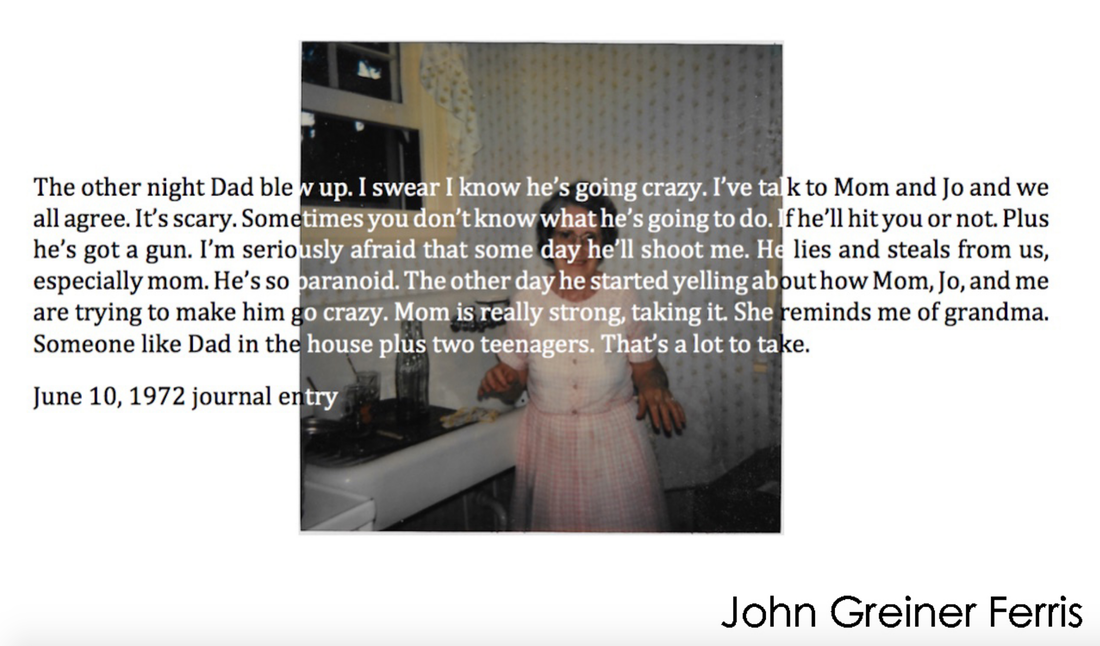
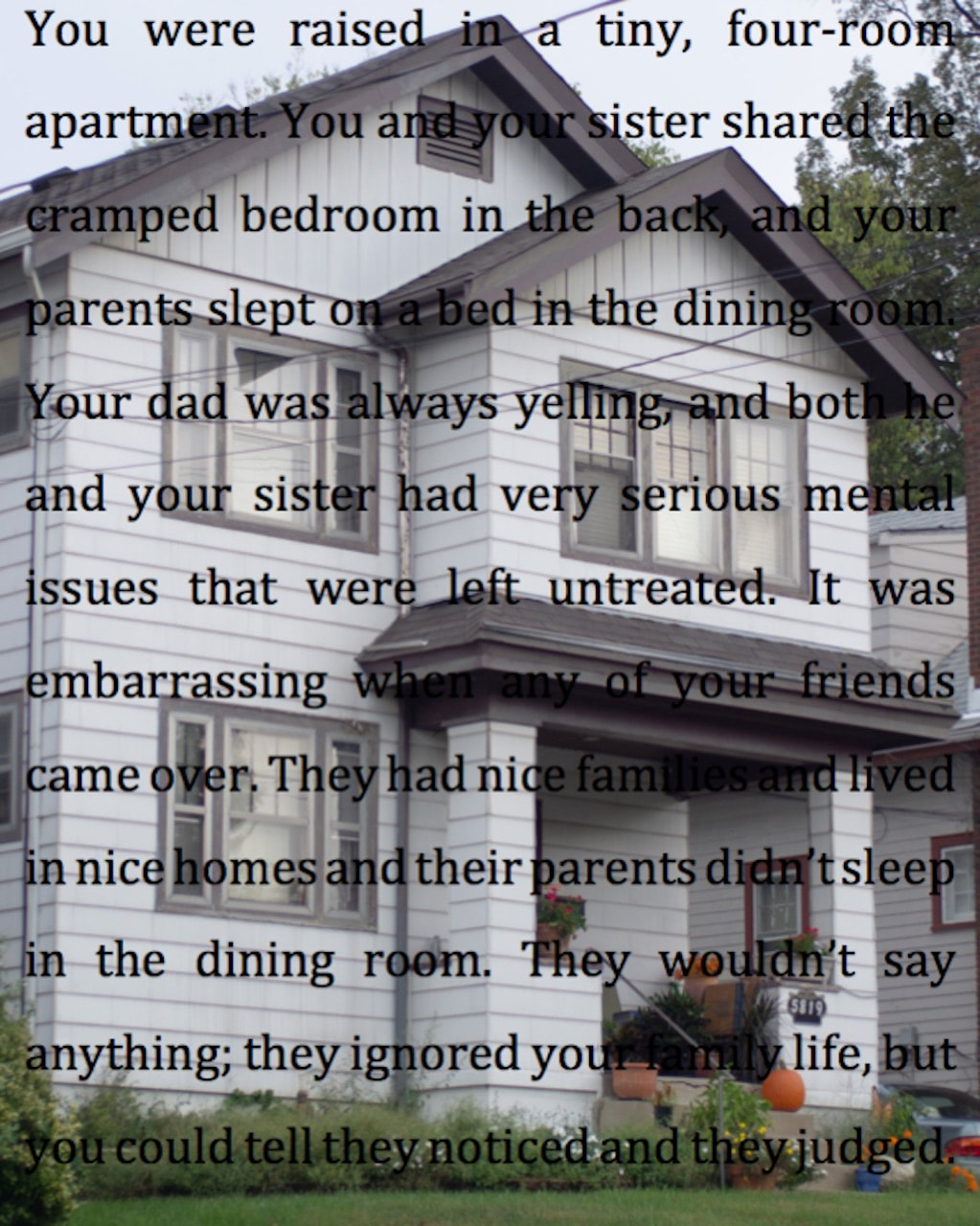
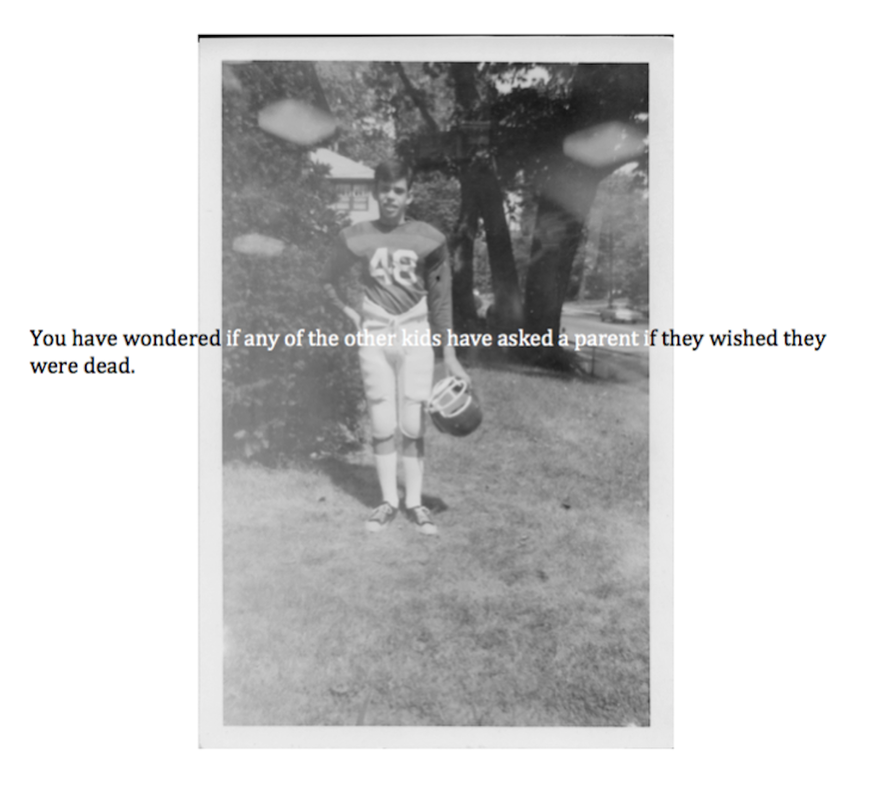
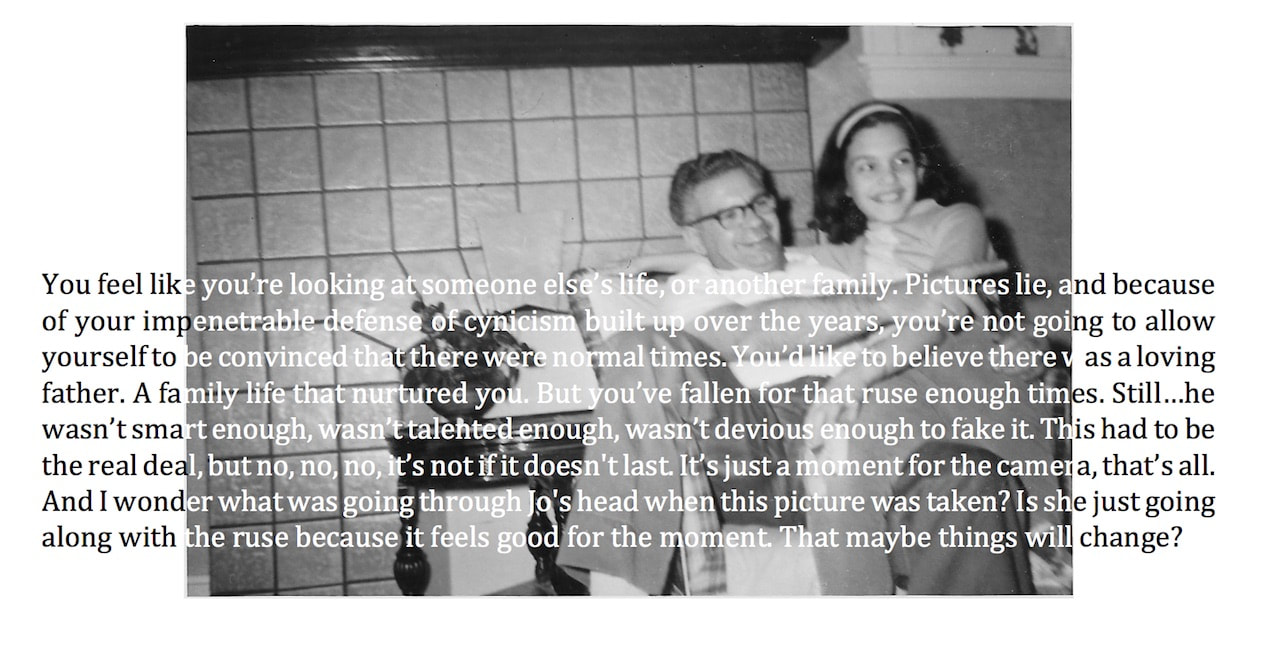
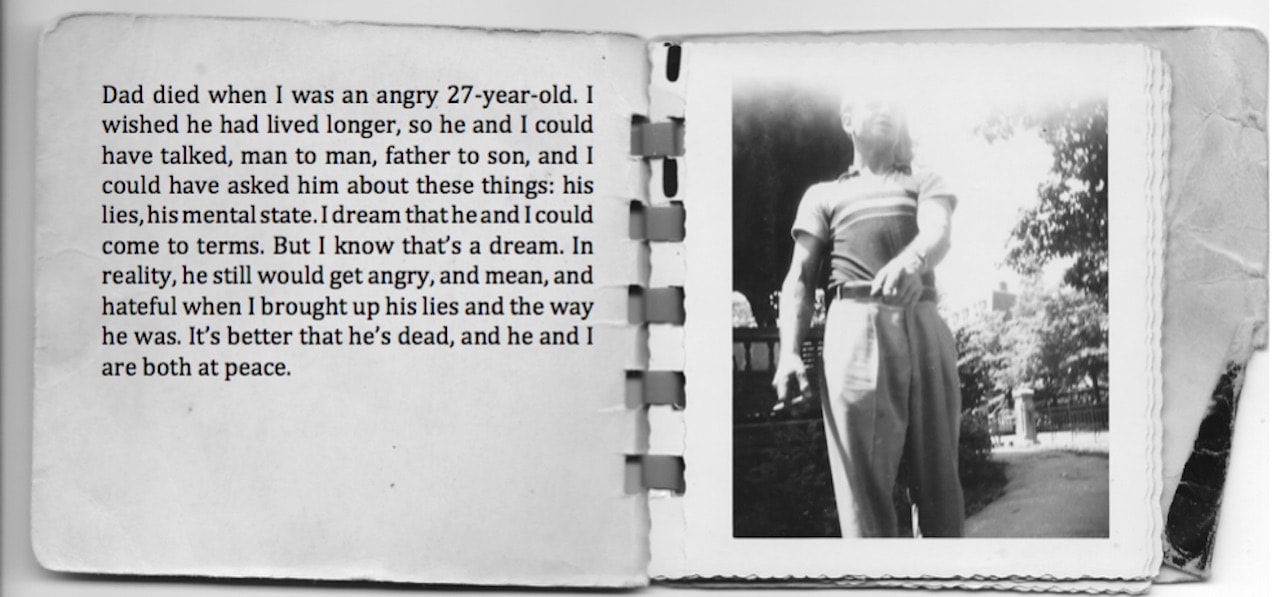
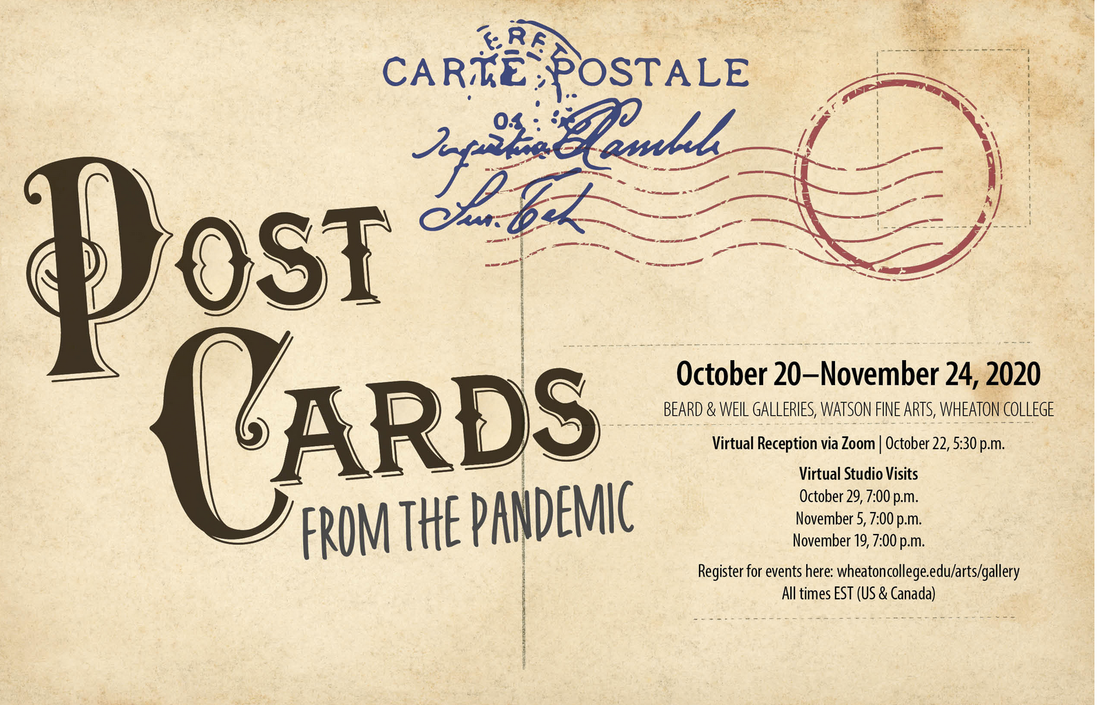
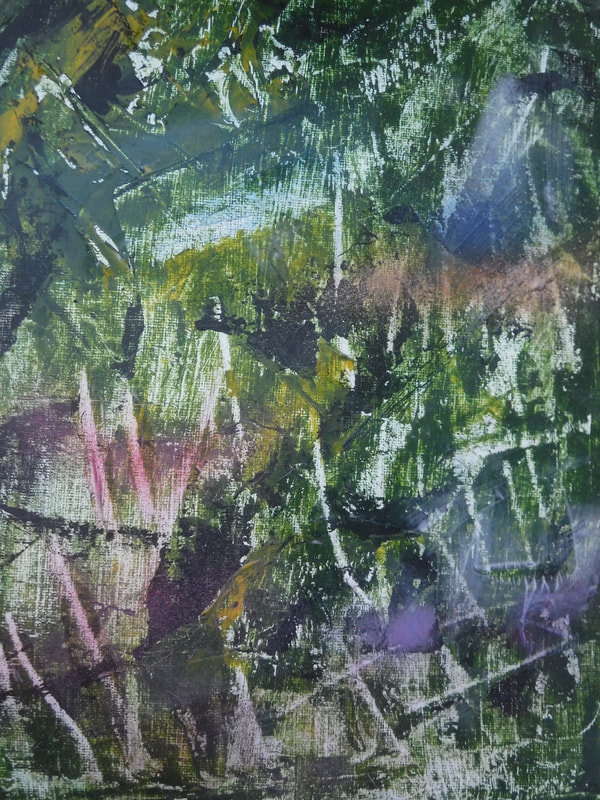
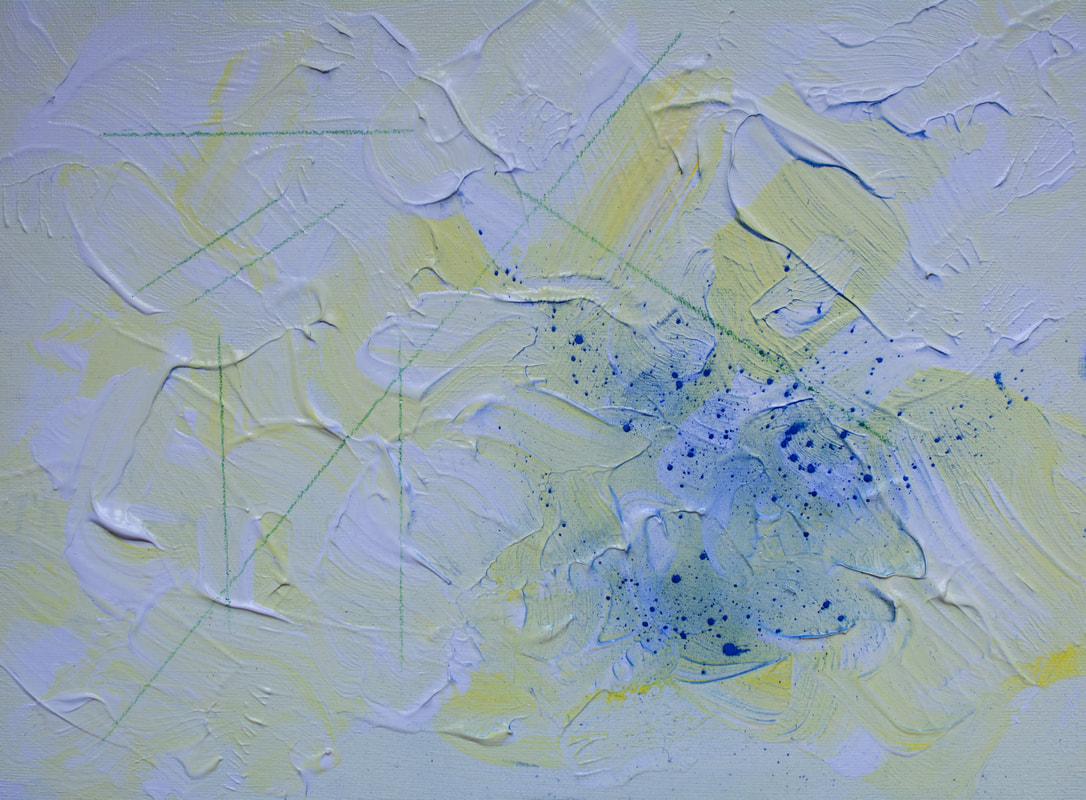
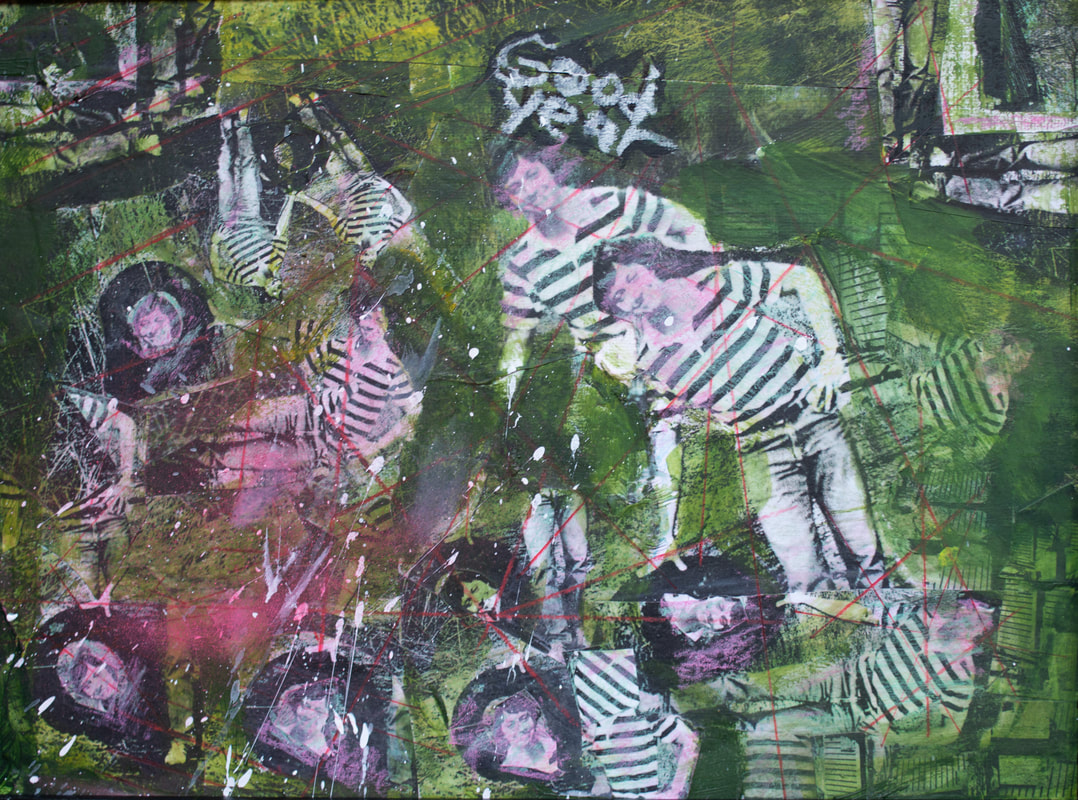
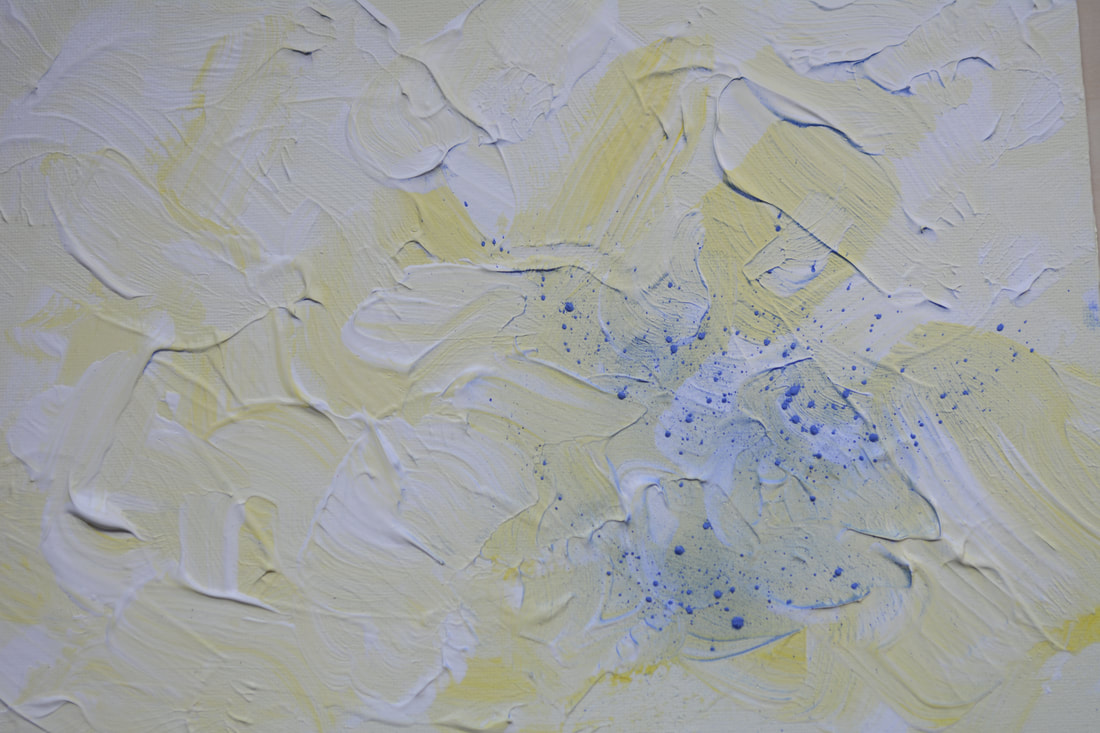
 RSS Feed
RSS Feed
